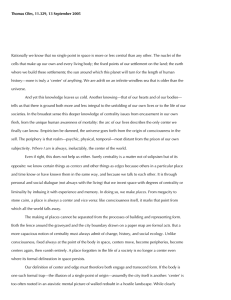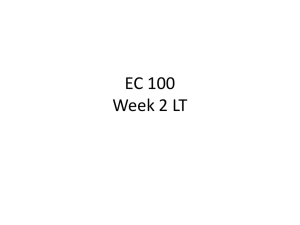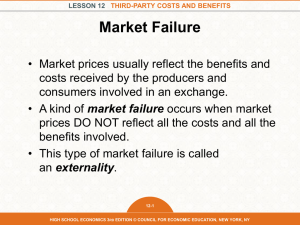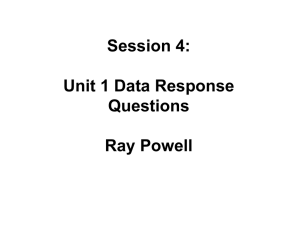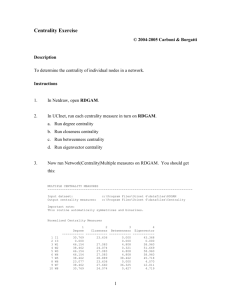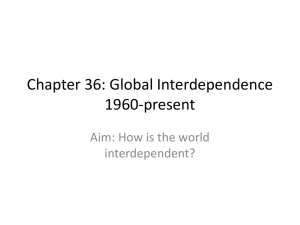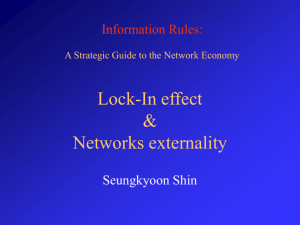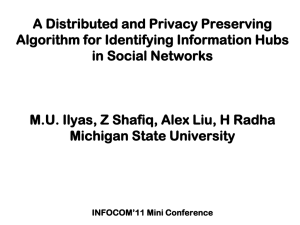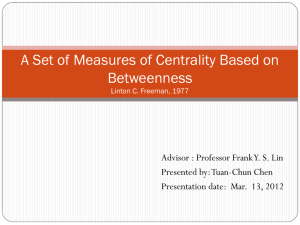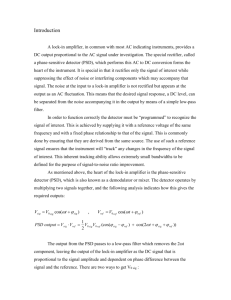Network Externalities in Hawala Exchanges
advertisement
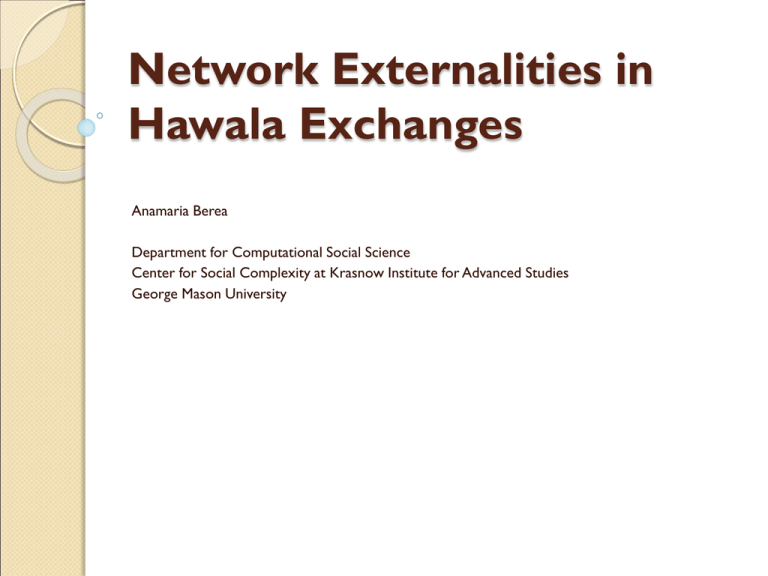
Network Externalities in Hawala Exchanges Anamaria Berea Department for Computational Social Science Center for Social Complexity at Krasnow Institute for Advanced Studies George Mason University Introduction What is hawala? – exchange mechanism self-enforced by trust and reputation Similar to Western Union Mostly associated with certain foreign remittances No data - social network analysis Kuran, 2004: specific informal Islamic institutions lead to lock-in situations Other business associated with the money transfer practice Hawala Mechanism Purpose of this research A methodological proposal on the empirical observations Common-pooling SNA techniques with nested game theory Not-empirically exhaustive, but empirical dataset mapping Method of Analysis 1. Building the datasets by proxies and informational conjectures: - proxy: the Pakistani players in major international business (hawaladars network; Pakistan vs. Afghanistan) - proxy: the pool of countries under scrutiny for remittances by Interpol and UN frozen assets - 3 files: personal ties, business ties and locations (mini-clusters) Method of Analysis 2. Analyzing the datasets: - nested game hypothesis (Tsebelis, 1991) – correlation matrix - shows the network externalities Results and Findings Ego Networks in Terrorism Betwenness Centrality for Location The associated businesses network Terrorism Periphery and Lock-in Hypothesis MDS with geodesic distances Degree centrality in the correlation matrix Discussion Network externalities: drugs, gold, Dubai and Mumbai Lock-in emergence: terrorism in NWFP High Centrality Measures for ObL, Dawood Ibrahim and TTP This method of analysis by proxies and game theory validates conceptual and theoretical publications Thank you! Questions?


